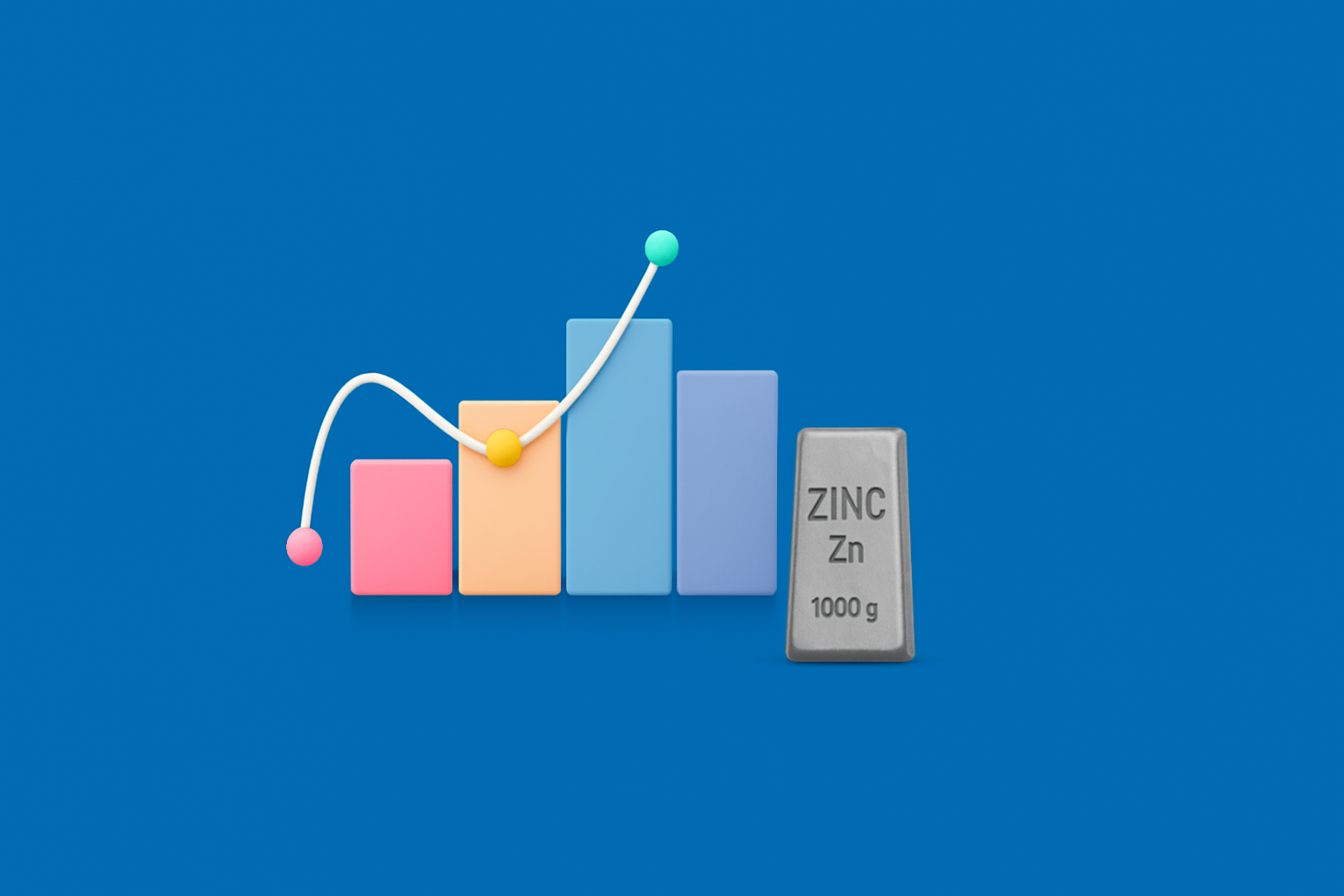Sub Broker Business Model Explained

- Published Date: January 04, 2021
- Updated Date: October 08, 2025
- By Team Choice
A sub-broker serves as a middleman between investors and a stockbroker, helping investors manage their securities transactions. While sub-brokers are not direct members of stock exchanges, they operate under the supervision and direction of a SEBI-registered broker. To fully grasp the sub-broker business model, it's important to first explore the advantages this role provides.
Benefits of Becoming a Sub-Broker
Here are some advantages of entering the sub-broker business:
- Low Investment: Starting as a sub-broker requires less capital than becoming a full-fledged broker.
- Flexible Work: You can manage your work independently and earn based on your efforts.
- Growth Opportunities: As you gain more clients and experience, you can expand your services and income potential.
- Partnership with Established Firms: When you partner with a well-known stockbroker, you can leverage their brand and resources to grow your business.
The Sub-Broker Business Model
The sub-broker model is a win-win for both the sub-broker and the main brokerage firm. It’s especially appealing because it allows sub-brokers to enter the financial market without the heavy expenses of becoming a full-fledged broker.
Here’s how the sub-broker model works:
- Partnership with a Stockbroker: A sub-broker partners with a registered stockbroker who provides the tools and resources to execute trades on behalf of clients.
- Client Acquisition: Sub-brokers focus on bringing in new clients and guiding them in their investments. The more clients you bring in, the higher your earnings.
- Commission-Based Earnings: Sub-brokers earn commissions on the trades made by the clients they onboard. The commission structure can vary but generally ranges between 30% to 50% of the main broker’s earnings on those trades.
- Expanded Services: Today, sub-brokers don’t just deal in equity trades. They also offer services in mutual funds, commodities, currencies, and more.
Become a Sub Broker with Low Deposit.
- Highest Revenue Sharing
- Upto ₹ 1000 Per Account Incentive*
- Local Branch Support
- Lifetime Income Source
Also read: Difference between broker & sub-broker
Steps to Start Your Own Sub-Broker Business
Ready to get started? Here’s a simple, step-by-step guide to launching your sub-broker business.
1. Choose a Stockbroker to Partner With
Look for a well-established stockbroker to partner with. Evaluate the broker based on:
- Their technology platform
- Client support system
- Commission structure
- Market reputation
2. Register with SEBI
To become a sub-broker, you must be registered with the Securities and Exchange Board of India (SEBI). Your stockbroker will help you with the registration process.
3. Meet the Qualifications
- Minimum education: You need to have completed your 12th grade, but having a graduation degree is recommended.
- Financial market knowledge: Make sure you understand how the stock market sub-broker works, from equities to mutual funds.
- Communication skills: Since you’ll be dealing with clients, good communication skills are a must.
- Basic computer skills: You’ll need to use trading platforms and interact with clients online, so basic computer knowledge is essential.
4. Get Your NISM Certification
The National Institute of Securities Markets (NISM) certification is mandatory for sub-brokers. You'll need to pass specific modules related to equities, mutual funds, and other financial products.
5. Set Up Your Office
You’ll need an office to operate from, along with basic equipment like computers and an internet connection. Factor in monthly expenses such as office rent, internet, and utility bills when planning your budget.
Conclusion: Is the Sub-Broker Business Right for You?
The sub-broker business offers great potential for those passionate about finance. With the right partnership, knowledge, and effort, you can build a profitable business that grows over time.
Whether you’re a beginner or looking to expand your services, this model provides flexibility, a steady income, and growth opportunities.
Recommended for you

How to Bid in An IPO?

FII DII Data - Live Data

Why ESG Matters for India’s Growth Story
